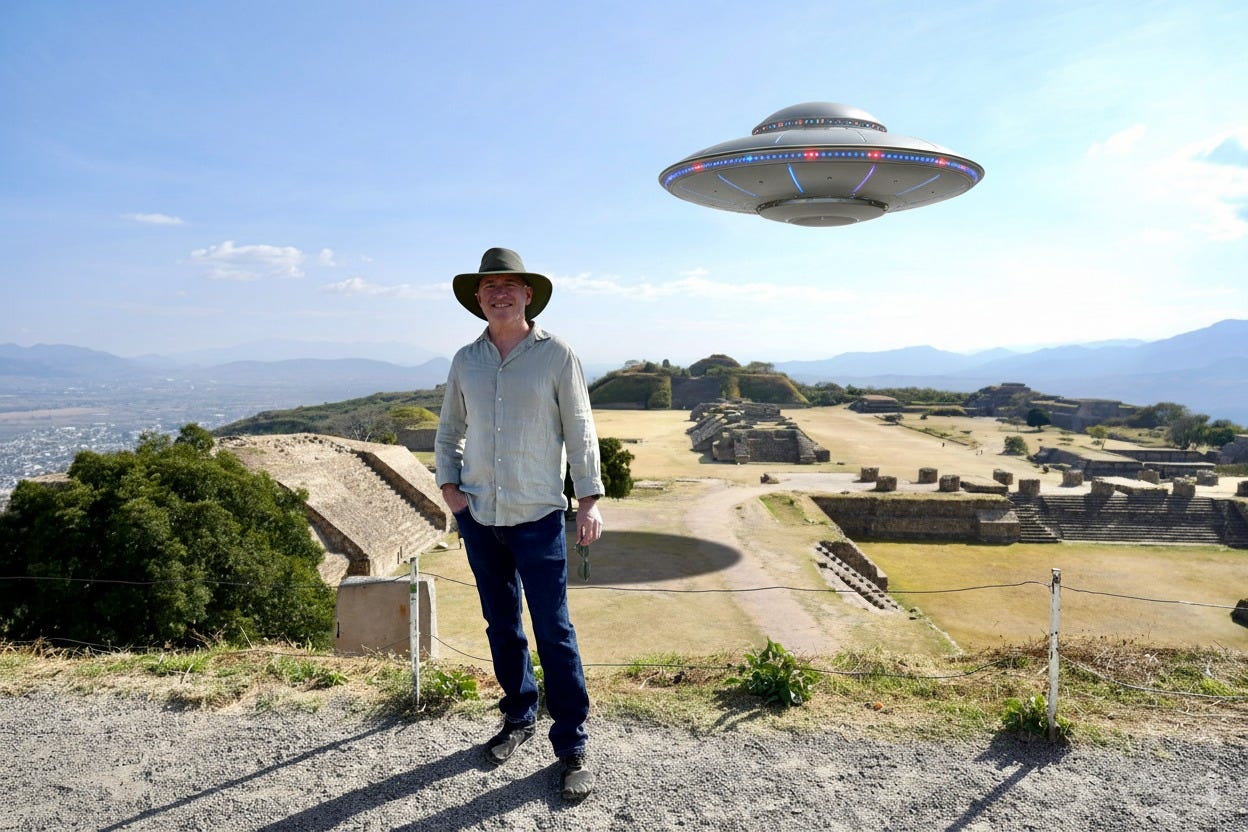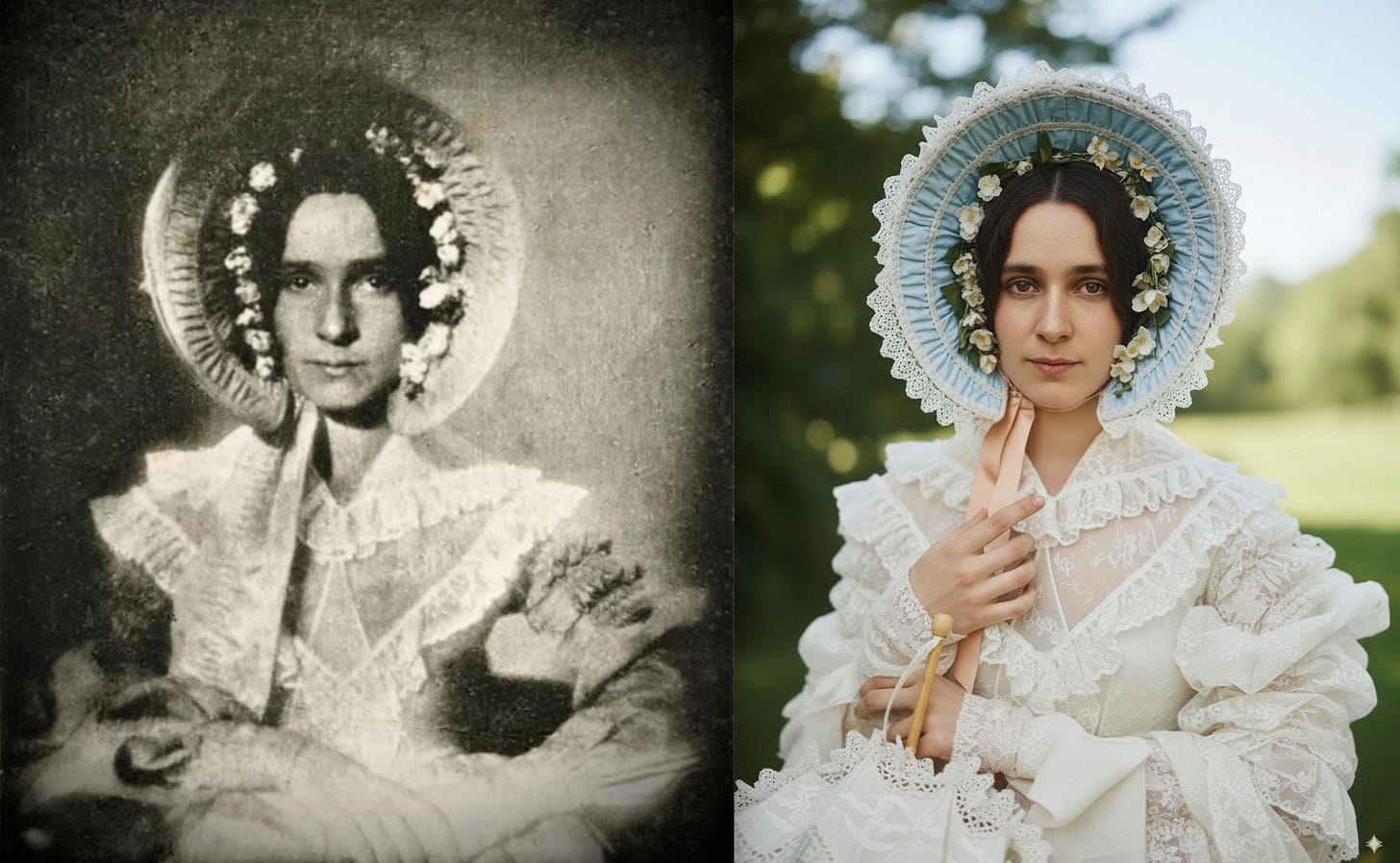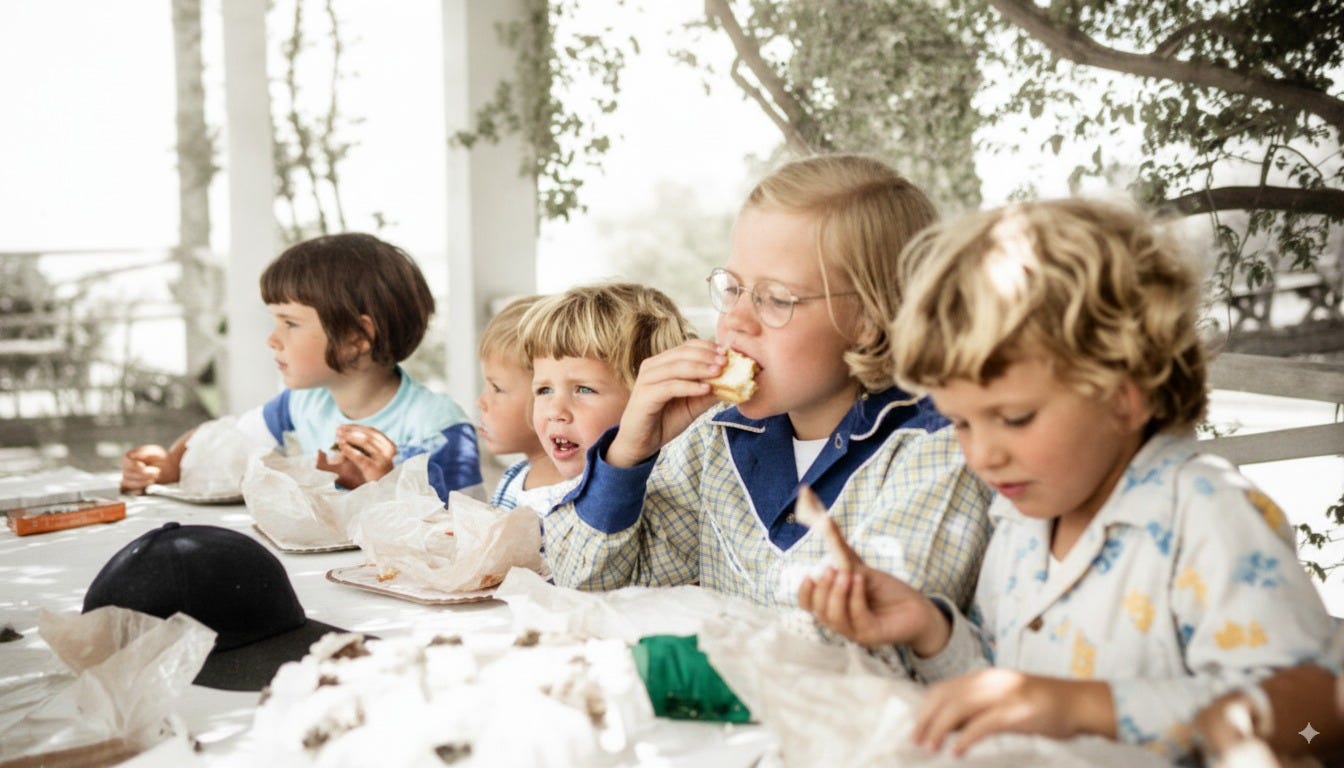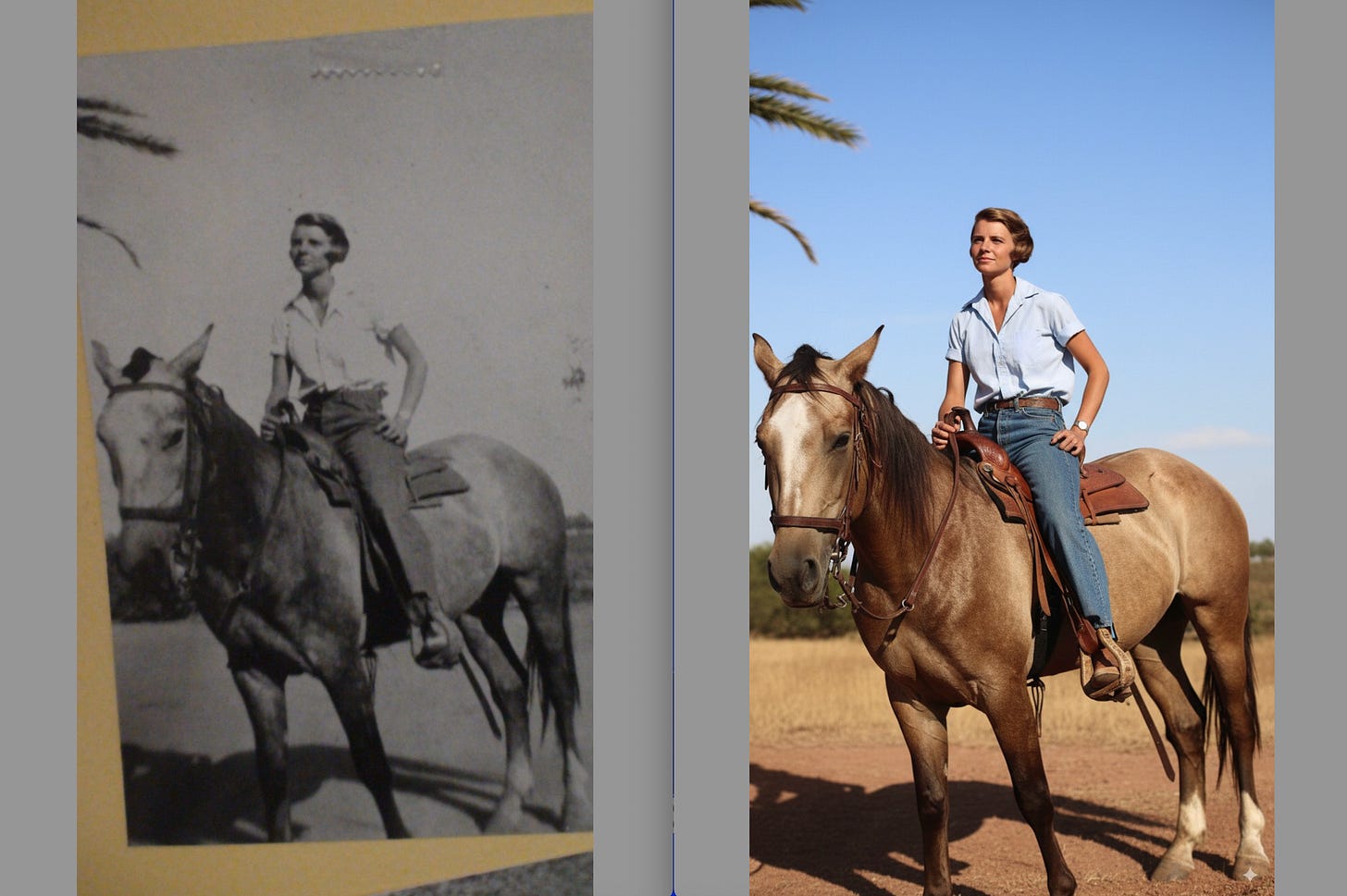AI image editing has crossed a line
Thanks to Google's Nano Banana, just about anyone can create just about anything.
AI image tools keep improving, but Google’s latest iteration has crossed a threshold.
The new model is Gemini 2.5 Flash Image. Google shipped the tool August 25. During development, it was code-named Nano Banana. Most users still call it that. (Now there’s evidence that Google itself is calling it Nano Banana. I’ll do the same.)
Nano Banana generates, blends, and edits images with prompt-level precision, fast response, and built-in markers for AI detection. It’s available to developers in preview through the Gemini API, Google AI Studio, and Vertex AI, priced at $30 per 1 million output tokens and $0.039 per image based on 1,290 output tokens.
You can try it for free here.
A huge leap in this model is in the realm of coherence and consistency. You can take an existing image, like a photograph, and tell it to change one detail. It will often return the exact same picture with the changed detail.
One of my first experiments was with an 1840 daguerreotype of Dorothy Catherine Draper (the first picture of a woman ever taken). I told Nano Banana to colorize it and make it look like a modern picture.
The tool did a great job, but lacked visual information to understand the subject’s hand position. It saw unidentifiable shapes in the lower left corner, assumed it was her fingers, and produced a clear mangled hand. Then, I told Nano Banana to “fix the hands,” and it invented a new pair of perfect hand positions without changing anything else. This is impressive.
Scammers and liars can take real photographs and change one detail to convincingly depict things that never happened. I asked it to change this historic photo of a famous headline error by correcting the headline, and the result is perfect.
With Nano Banana, people can do multi-image compositing to merge references into a single scene; maintain strict character consistency and visual style; perform conversational editing with precise, local, natural-language edits (remove or add objects or people, blur or swap backgrounds, fix stains, colorize black‑and‑white photographs, tweak poses); follow design templates for rapid brand or product variations; and achieve robust, production‑grade multi-image fusion and iterative, multi‑turn edits that previously required complex manual workflows.
If you’re unsure what to do with Nano Banana, try restoring your old photos. It’s better at that than any other tool I’m aware of.
I tasked it to colorize and improve the quality of this picture of my mother and her cousins having lunch in what was probably 1950 or so (my mom is wearing glasses and scarfing down a sandwich). It did a great job because there was enough visual information in the actual photo.
In this second example, I had it fix a picture of my grandmother riding a horse. There wasn’t enough data, so the result looks good but doesn’t look like my grandmother. It invented a new face working with available information.
All images created or edited with Gemini 2.5 Flash Image include an invisible SynthID digital watermark to detect AI‑generated or AI‑edited content. But it hardly matters. Scammers can take a screenshot or modify the results through compression and decompression until the SynthID watermark becomes undetectable. Google still deserves credit for using this system.
Because Nano Banana is in the Gemini API, other companies are likely to build this into their offerings. Based on public announcements, the confirmed Nano Banana integration sites and tools are OpenRouter, fal.ai, Adobe Firefly and Adobe Express, Poe (Quora), Freepik, Figma, and Pollo AI, with WPP Open and Leonardo.ai.
Nano Banana ushers in a new world where anyone can instantly create anything. Illustrators and marketers will go nuts with the consistency between and control over iterations.
All the normal ripping of hair and gnashing of teeth over job losses, dumbing down, art theft, and visual imagery genericization apply to this advancement. As expected, it’s amazing and awful at the same time.
More From Elgan Media, Inc.
The AI-powered cyberattack era is here
How to remember everything
Puny humans are no match for AI
The dark side of AI monetization
Where’s Mike? In a Nano Banana-generated hookah bar in the Middle East
(Why I’m always traveling.)













It's still pretty bad with hands and fingers
You wrote that the edited photo didn’t look like your grandmother, but I don’t know your grandmother and I would definitely have said that was the same woman. I’m not sure what this means, but I am sure it means something.